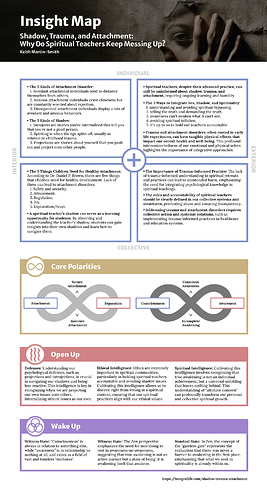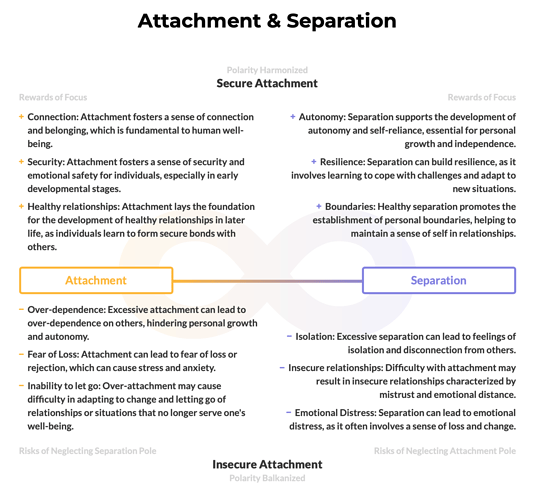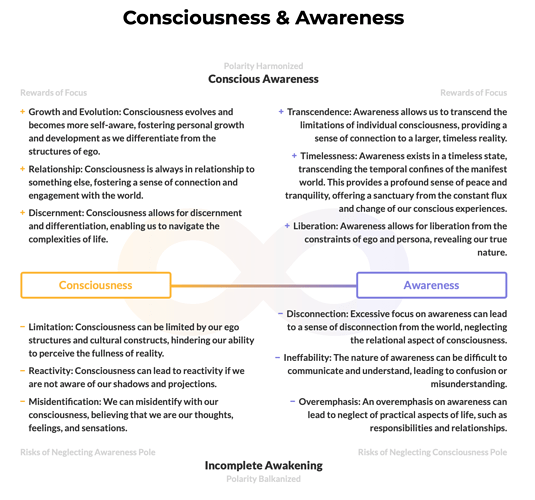If spiritual teachers are so “awake” and “enlightened”, why do so many of them get caught with their shadow hanging out?
With its emphasis on cultivating greater awareness of our own mind, shouldn’t our spiritual practice help us to more easily notice and dispel our various shadows, traumas, and attachments?
Well, not quite. It’s true that awareness is curative — but as Keith reminds us in this episode, “awareness cannot awaken what it cannot see.” And since our shadows are, by definition, aspects or fragments of self that remain hidden from us, it therefore requires a certain kind of effort to recognize and heal these wounds.
Awareness, meanwhile, is in no way the product of “effort”. In fact, our efforts more often than not take us further away from the singular simplicity of ever-present awareness, and only by letting go of effort altogether can we finally rest in that timeless expanse.
Too often we have seen teachers who are clearly struggling with any number of shadows, traumas, and attachment disorders, who then try to use their spiritual practice as a way to avoid the pain those dysfunctions are creating, both in themselves and in others. This, as Keith points out, can be a dangerous form of spiritual bypassing — if everything is God, then nothing can be wrong — which can be used to justify all sorts of deeply unethical behaviors and can even result in the teacher’s psychological damage being inherited and internalized by students.
How can we prevent this from happening?
The first thing we need to do is to simply educate ourselves about these different shadows, traumas, and attachment disorders. Because if we don’t know about them, we can’t see them — and if we can’t see them, we can’t awaken them.
In this discussion, Keith integrates many of the central themes of recent discussions he’s had with folks like Kim Barta, Terri O’Fallon, and John Churchill, pulling this wisdom together into a broad overview of our own psychological territories, including:
- The 3 kinds of shadow
- The 3 kinds of attachment disorder
- The 5 things children need for secure attachment
- The 5 things you can do to integrate sex, shadow, and spirituality.
Keith has also posted a longer written piece about these topics, which you can find here.
So find your seat, rest in effortless awareness, and allow the critical insights from this episode to take root in your consciousness. Your family, friends, and maybe even future students will thank you for it.
Text, images, and maps by Corey deVos


